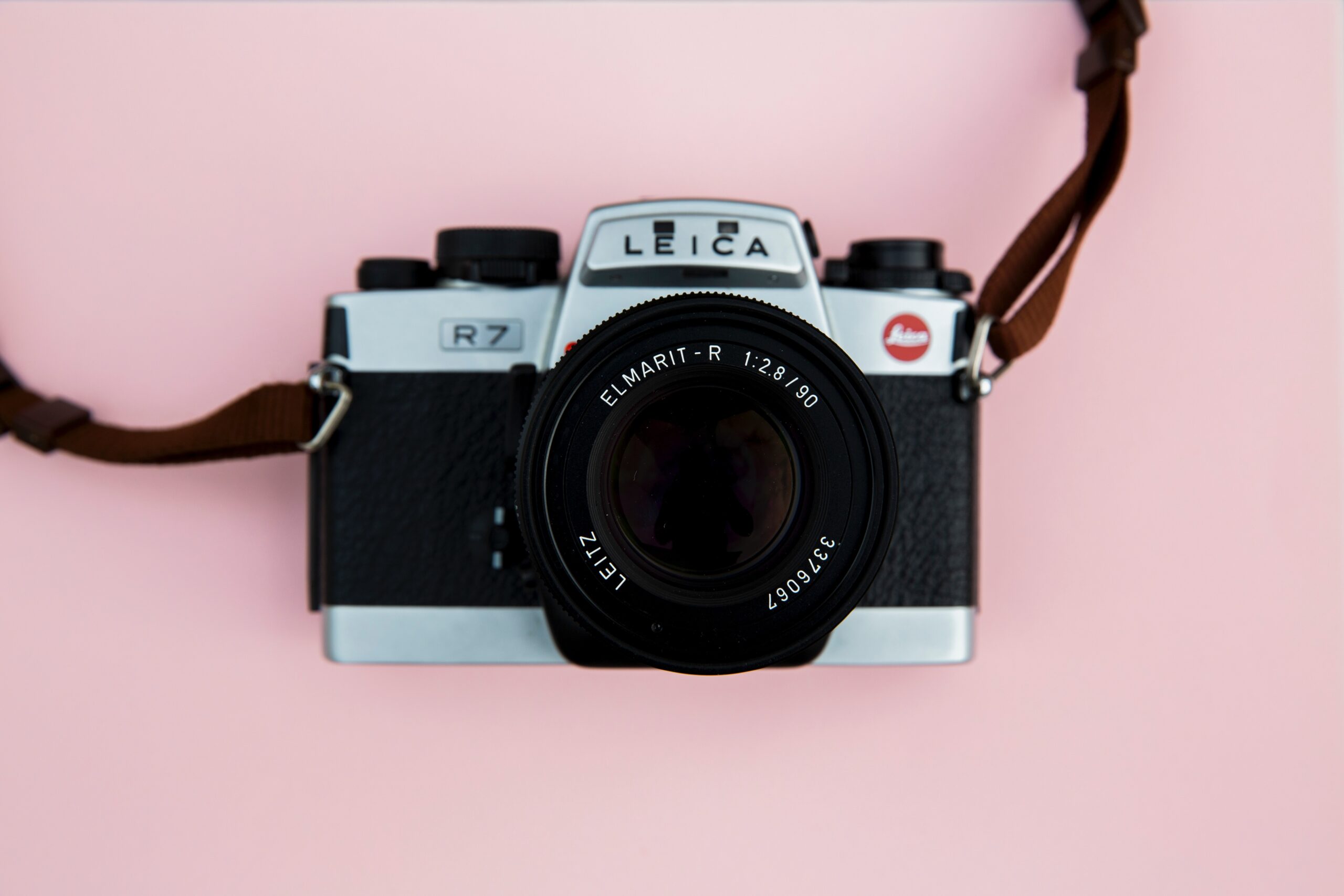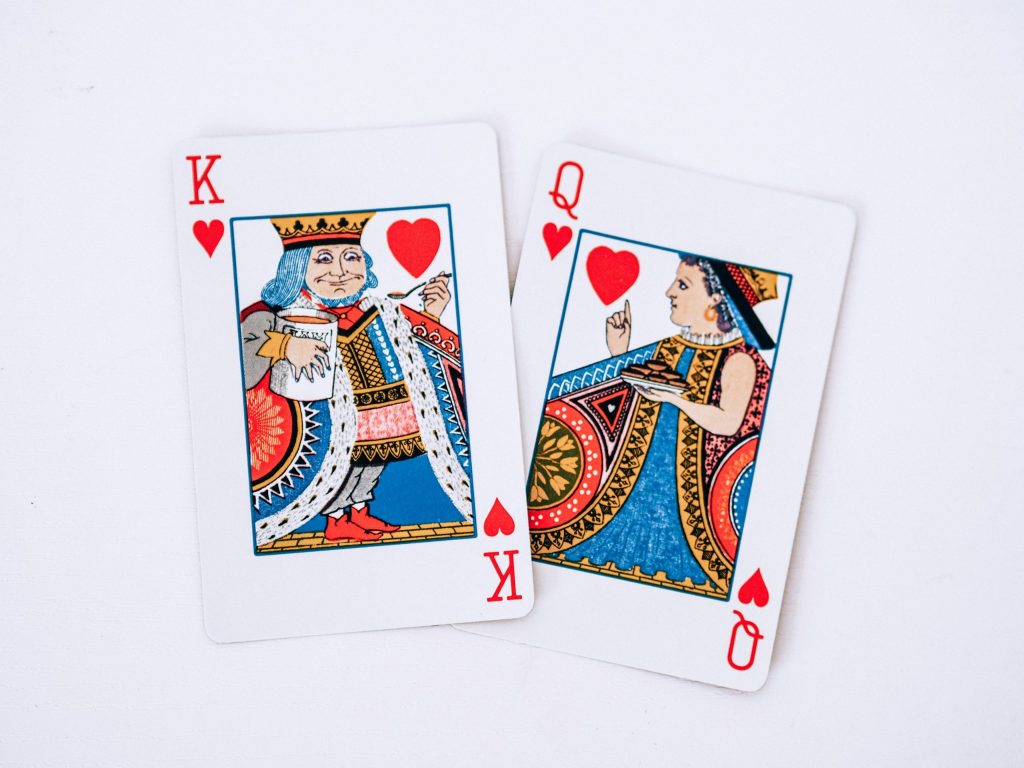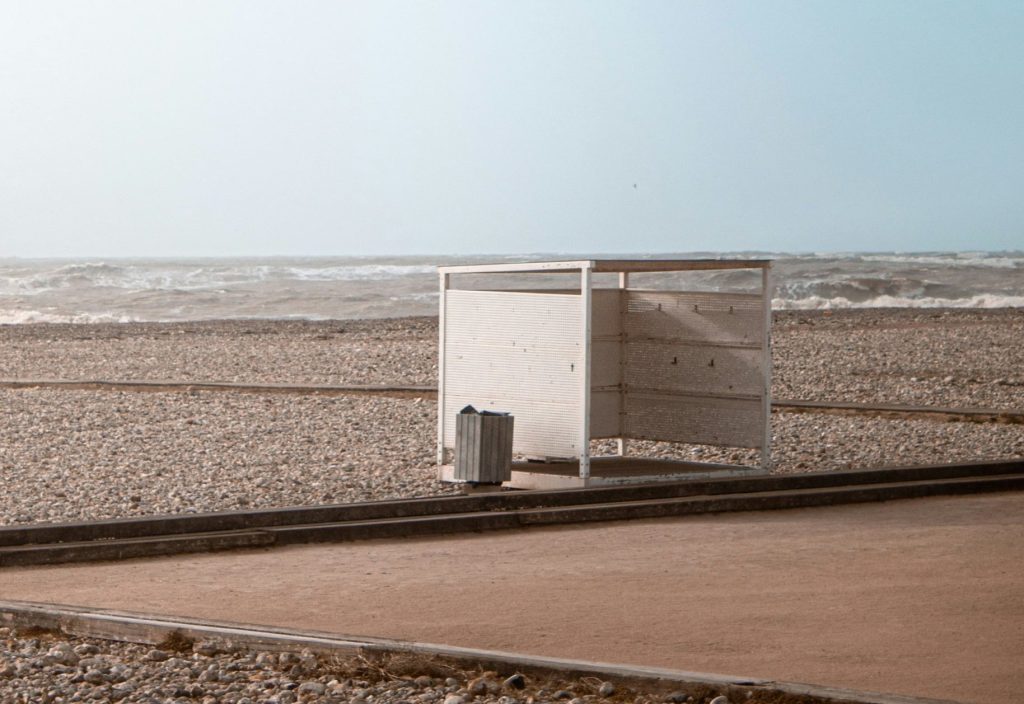Buying second hand products can save you a lot of money. Furthermore it’s sustainable to do so. For business purchases, buying second hand can also pay off. You might need a specific camera or maybe you found the perfect laptop bag on Marktplaats. Or you might trade in vintage clothing that you sell in your webshop. The good part is, you can declare these purchases as business costs in your administration just like you would with new products. Once you sell these products again, you need to declare this as well. What are the things you should keep in mind?
Purchasing second hand goods
Proof
That man that sells you his camera through Marktplaats probably won’t give you a receipt. If you buy the camera for your business and you want to declare it as business costs, you need a proof of purchase for your books.
You can demonstrate the purchase buy:
- A print screen of your bank for the transferred amount. Besides this it’s recommended to keep a print screen of the ad and the e-mails you and the seller sent each other.
- Drawing up a written agreement between you and the man in Diemen-Zuid with a date, description, price and the name of the seller.
Of course the price needs to be appropriate. You could check this by comparing ads of second hand similar products.
No VAT
No VAT is charged over second hand goods, sold by private individuals. You enter these purchases in your administration under VAT rate: “non”.
Investing
If your purchase cost more than € 450 and you expect to use it for over one year, then it’s considered as an investment in your books. Because you use an investment for several years, your bookkeeper will also divide the costs over several years. This is called writing off. A second hand purchase is no different from a new product in this regard.
If you invest over € 2.400 (that’s the threshold for 2020), you get an extra deduction of 28% of the total invested amount in that year. You don’t have to do anything for this, your bookkeeper will apply it in your income tax return. Second hand purchases also still count here!

Selling second hand goods
Your laptop keeps crashing, you can’t get the Volcom stickers off and it weighs at least as much as brick. Time to put your laptop on Marktplaats! What do you have to keep in mind?
Invoice
First, write up an invoice. You don’t necessarily have to send it to the buyer, but you do enter it as income. The only thing you have to keep an eye on besides this is the VAT percentage. You determine the VAT based on how you got the goods.
VAT
Did you buy the laptop new from the store at the time and did you get a VAT return? Then you charge the VAT percentage that’s charged in stores, at the moment that’s 21%.
Suppose you sold your laptop for € 250 through Marktplaats, then the € 250 has to include the VAT. This means €206,61 is yours and you need to pay the other €43,39 as VAT with the next VAT return.
Did you buy the laptop second hand, through Marktplaats for instance and you haven’t paid VAT over the purchase? Then you won’t have to charge VAT over the sale of the laptop.
Do you trade in second hand goods? Then you can apply the ‘margeregeling’ and it’s all slightly different.
Margeregeling
Suppose you own a webshop in vintage clothing and you sell these clothes to private individuals. In that case you don’t have to charge VAT over the total selling price, but only over the profit margin. So you add VAT over the difference between the price of purchase and selling.
When you bought a Max Mara coat for € 400 for instance from a private individual on Marktplaats and you sell the coat in your webshop for € 600, then you only charge VAT over the difference of € 200.
You do need to proof the purchase and the selling price of goods to show what your profit margin is. This way you can demonstrate why you can charge less then 21% over the total sale price. Ask your bookkeeper about the best way to keep track of this in your administration.


